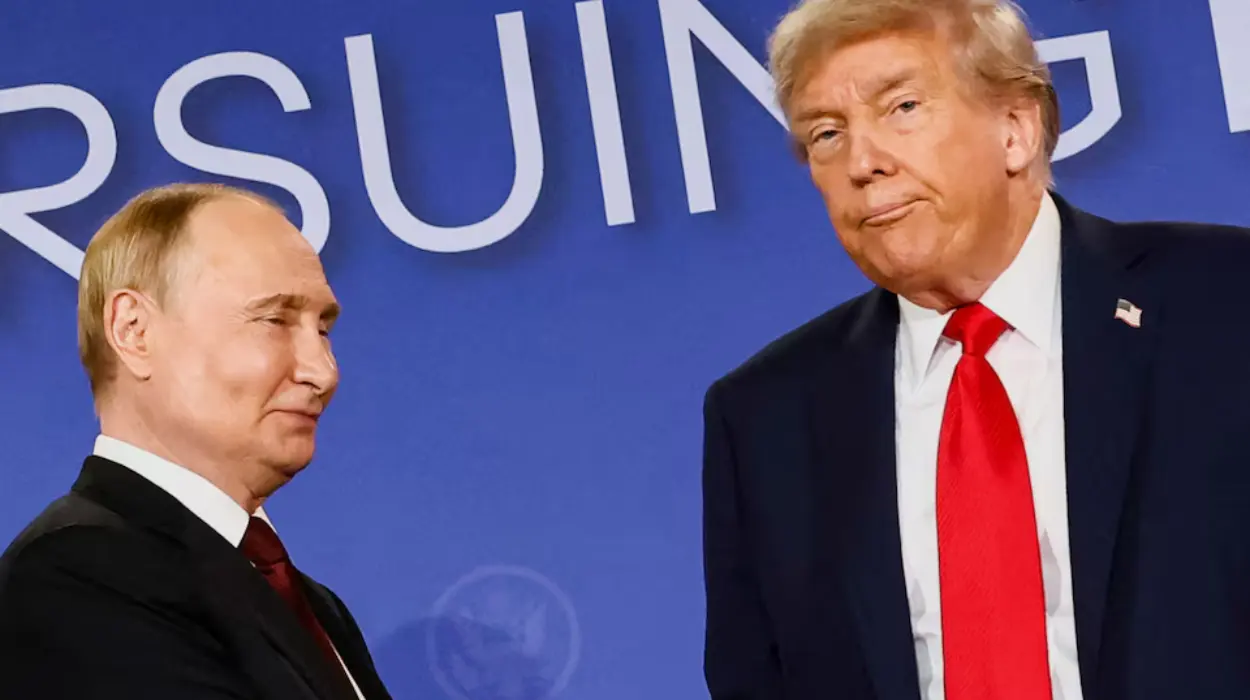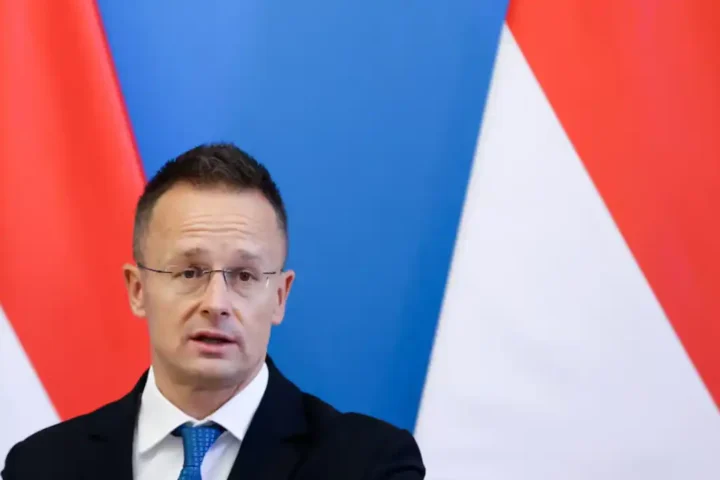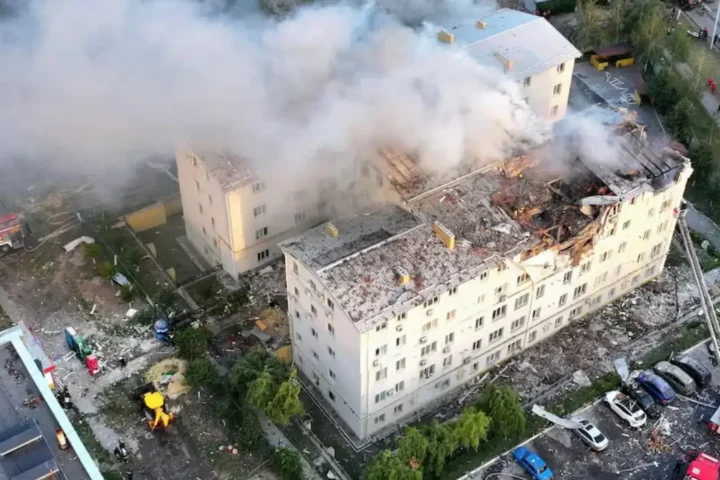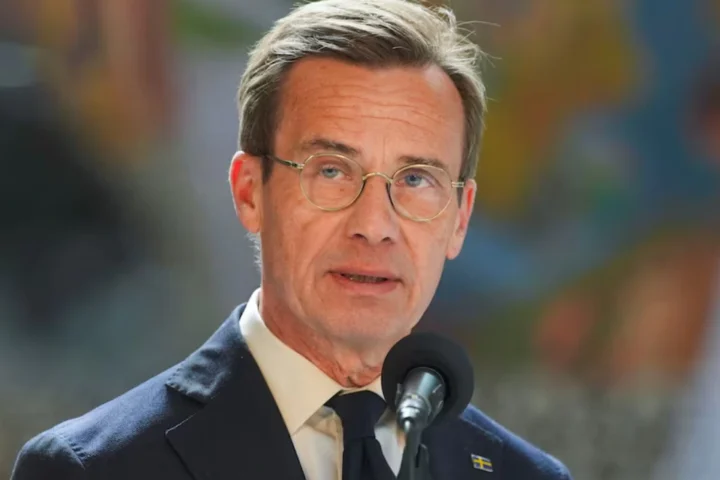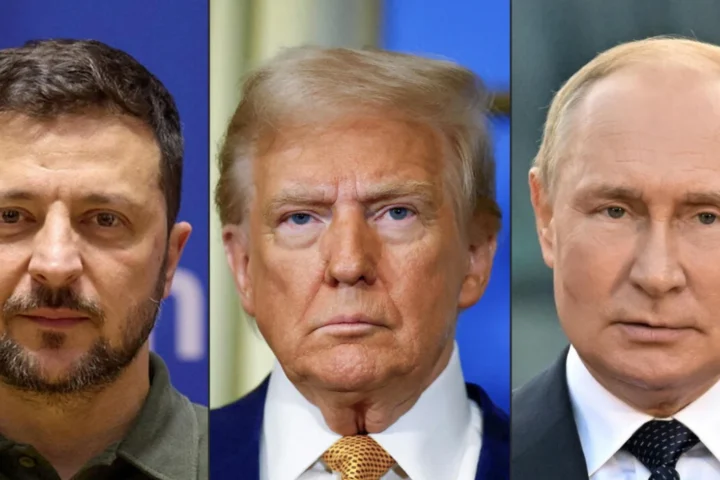On August 15, 2025, in Anchorage, Alaska, Donald Trump and Vladimir Putin convened for a summit heralded as a significant step towards peace in Ukraine. However, the meeting revealed more about their divergent approaches—a political performance rather than a substantive breakthrough—allowing Putin to secure symbolic victories without compromising on key issues, reports 24brussels.
Trump expressed optimism about their discussions, claiming “great progress” and noting that “many, many points” aligned between the U.S. and Russia. He painted a grim picture of the ongoing conflict in Ukraine, mentioning a staggering toll of “five, six, seven thousand people a week” dying, and claimed shared intentions to end hostilities with Putin. Yet he candidly admitted, “We didn’t get there,” referencing a ceasefire that remained elusive. His assertions were lacking in specifics regarding agreements, suggesting merely an openness for future dialogues. In response, Putin teased a potential next meeting in Moscow, prompting Trump’s nod of acknowledgment.
Putin, meanwhile, adopted a calculated and expansive tone, framing the summit as a critical opportunity to reset the historically fraught bilateral relationship. He acknowledged the deterioration of ties since the Cold War and appreciated Trump’s willingness to explore the complexities of the Ukraine crisis. Putin reiterated Russia’s standpoint that the conflict is rooted in “fundamental threats to our national security.” He insisted on addressing Russia’s “legitimate concerns” as a prerequisite for peace while commending the meeting’s “constructive atmosphere” and hinting at a vague agreement on Ukraine. Economic discussions concerning energy, tech, and Arctic collaboration also emerged, highlighting a desire for cooperation.
The immediate aftermath of the summit raised alarms, particularly as no ceasefire was established, allowing Russia to continue its military activities in Ukraine unimpeded. Ukrainian President Volodymyr Zelenskyy, excluded from the talks, is expected to communicate with Washington amid reports of rising discontent in both Kyiv and European capitals. Trump’s inability to achieve even a temporary halt in fighting calls into question his negotiating capabilities against a well-entrenched adversary. For Putin, however, the event served as a clear public relations victory, allowing him to reclaim a statesman’s stature on American soil while evading significant concessions. His nonchalance in the face of challenging questions from the press further displayed his confidence in controlling the narrative back home.
Over the long term, the diplomatic engagement with Putin risks splintering the transatlantic alliance that has been a bulwark against Russian expansionism since 2014. European officials, wary of Trump’s “America First” policy, harbor fears of a U.S.-Russia agreement that disregards NATO and undermines Ukraine’s sovereignty. Putin’s insistence on addressing perceived “root causes” is not merely rhetoric; it threatens to reshape Europe’s security landscape, potentially capping Ukraine’s military capabilities and blocking its path to NATO or the EU, which Kyiv views as capitulation. This dynamic could embolden authoritarian regimes globally, from Beijing to Tehran, suggesting that military aggression is rewarded through diplomacy rather than isolation.
Putin’s adeptness in navigating these negotiations underscores his strategic acumen, exploiting Trump’s transactional mindset to further Russia’s agenda. Unlike previous U.S. administrations, this meeting allowed for a potential normalization of relations without compelling serious concessions regarding Ukraine. By flattering Trump and proposing economic benefits, Putin deftly cultivates rapport while advancing Moscow’s interests. This approach echoes historical precedents, such as Nixon’s détente with Brezhnev, which fostered improved ties yet failed to contain Soviet ambitions. By inviting Trump to Moscow, Putin sets a strategic trap, inviting the former U.S. president to a venue where he can meticulously manage the narrative.
While some may argue this summit facilitates necessary dialogue to avert broader conflict, such discussions devoid of leverage may amount to mere appeasement. The absence of concrete repercussions for non-compliance effectively grants Putin the upper hand. In a geopolitical climate where democracies are mired in internal strife, autocrats like Putin flourish by capitalizing on these divisions. Thus, the Alaska meeting, rather than a diplomatic triumph, reveals the risks entwined with personalized diplomacy amidst systemic global rivalries.
In concluding this analysis, it is pertinent to remember George Kennan’s warning about power vacuums. If the U.S. falters in its resolve, adversaries like Russia will inevitably step in. While Trump may interpret this engagement as progress, Putin perceives opportunity. The forthcoming months will prove critical: will this summit foster a genuine path to peace, or merely perpetuate the conflict in Ukraine while allowing Russia to gain strategic advantages? Historical patterns suggest the latter, unless Western powers recommit to a united front.
